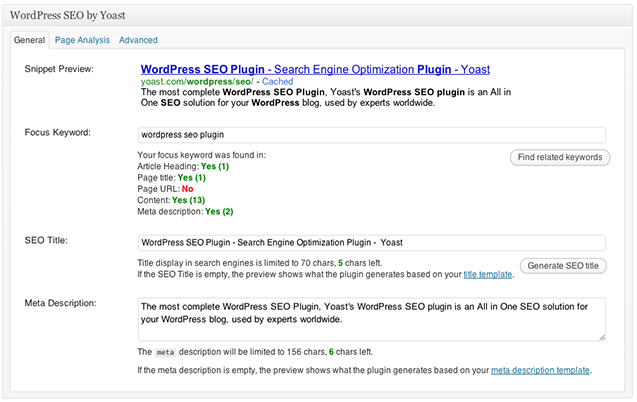What’s missing from your website?
Of course, the biggest thing missing would be the website itself. According to Score.org, 49% of small businesses don’t even have a website! In an age when 97% of customers search for goods and services online, that’s a major omission for any small business.
Yet even when a business manages to get a website online, they often omit key elements that make a website work. Here are some of the most important ones:
1. Who are you? Building trust is a major function of any website, but you’d be surprised how many websites don’t bother to identify who they are.
A company name and a logo isn’t enough. Customers want to know if you are a real person. Are there actual human beings who work for the company? Do they have names? Are they located somewhere on the planet? Are you down the block or on the other side of the world?
Sometimes companies omit this type of information because they want to “look bigger.” But it has the opposite effect really – people know that if a company omits these things, they are probably small.
Include an About page that describes your company. Show pictures of yourself, your staff, and even your facility or storefront.
Links to social media can help establish who you are. These days, customers expect businesses to at least have a Facebook presence. You can use social media to announce specials, events, and news.
2. How do they get in touch with you? Yes, you have a contact form, but what about your phone number? The city and country you are in? Your address (if you have walk-in business)?
Again, it’s a trust factor. People want to know that you actually exist. They want to know if they can call you, or even visit you. People often prefer to do business with a company in their own city. Put your phone number prominently on the Home page. If you have a retail business, put the address on the Home page as well.
On your Contact page, include your phone number and e-mail addresses, and if you are a retail operation, your address, hours of operation, and even a map of your location.
3. Relevant, up-to-date content: Nothing destroys confidence more than a website that appears to be neglected or out of date. Listing events that are long past, not updating products or services or personnel, all telegraph a lack of care.
If links do not work, if there are a lot of “Page not found” errors, or if, God forbid, you advertise that something is “under construction,” customers will not take you seriously.
4. Clear, simple navigation: Have a look at your Home page. Is the navigation simple and straightforward, or is it confusing? Are there too many choices, too many buttons and links vying for attention?
5. A call to action: A lot of sites omit this. What do you want the site visitor to do? Feature that in a prominent call-to-action button. A call-to-action is a command. “Click here for our special offers.” “Join free for a month.” “Claim your free trial.”
6. Search Engine Optimization: Take care of your SEO basics – key words, meta-titles, meta-descriptions. This is how search engines find you and how they display your site on the search engine results page. If you have a WordPress site, install the Yoast SEO plugin. This allows you to enter meta titles and descriptions right on the page.
7. Mobile-friendly: According to SimilarWeb’s State of Mobile Web US 2015 report, roughly 56 percent of consumer traffic to the leading US websites is now from mobile devices. Check your site. How does it look on a mobile device? Is it easy to read? To navigate?
If your site isn’t mobile-friendly, you could be losing business. A responsive website reacts to the type of device it is being viewed on and adjusts the site layout so it looks good and is easily readable on any device.
8. A blog: Yes, I know, you don’t have time to keep up a blog and write regular articles. It’s a pain. But here are nine compelling reasons why a blog will help your business.
How many of these are missing from your website?







